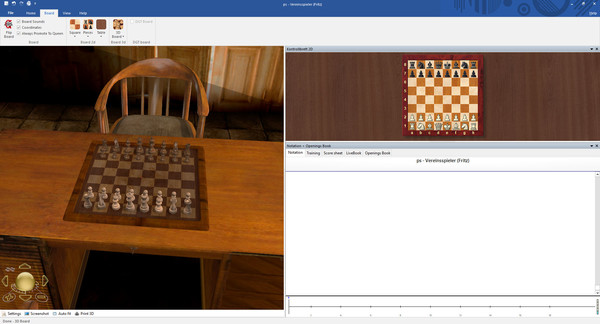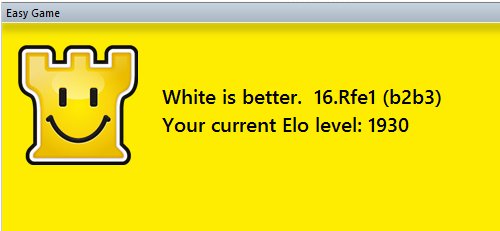

While there have been different attempts to tackle chess with artificial intelligence techniques, it was only with AlphaZero that a real breakthrough was made. NNs are given immense amounts of data, and over thousands of interations, they train themselves to achieve expertise in a specific domain. One of the paradigm cases of artificial intelligence, neural networks are self-learning algorithms that effectively teach themselves how to do something.

Everything Stockfish knows comes from its human authors, and its precise mathematical evaluation of any position is easily accessible to end users, as are all the elements of its code. Neural Nets Traditional chess engines like Stockfish use human-tuned criteria to evaluate positions, and using ‘alpha-beta’ (AB) search methods, they methodically trim down the tree of possible continuations, focusing on promising lines while pruning away inferior options. With “Fat Fritz,” ChessBase has published the first commercially available neural net chess engine. Now Fritz is back, and the 17th edition of this elder statesman of computer chess is once again at the forefront of chess technology. None climbed the ratings charts, and none captured the public imagination. ChessBase struggled along with Fritz 14, a "skin" of the formerly private engine Pandix, while Fritz 15 and 16 were both rebranded and marginally improved versions of Rybka 4.1.

Engine author Frans Morsch retired after the release of Fritz 13, and the Fritz franchise took a back seat to a series of new, more advanced engines: first Rybka, then Houdini, Komodo, and (especially) Stockfish.

For years careful readers could find reference to Fritz or “Fritzy” in the annotations to top-level games. While top players originally thought it a toy, Kasparov used Fritz 4 as part of his analytical process as early as the the 1995 match against Anand, where it proved invaluable in working out his 14. Fritz is the granddaddy of commercial chess engines, the first to defeat a world champion in an “official” blitz game (Kasparov, 1992) and in a head-to-head classical match (Kramnik, 2006).


 0 kommentar(er)
0 kommentar(er)
